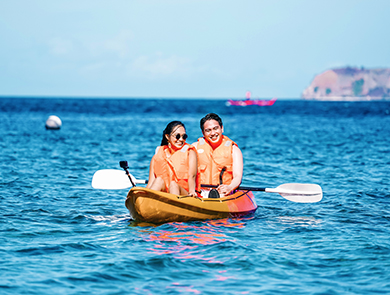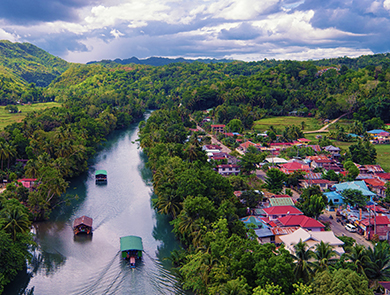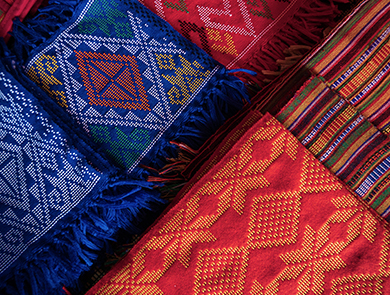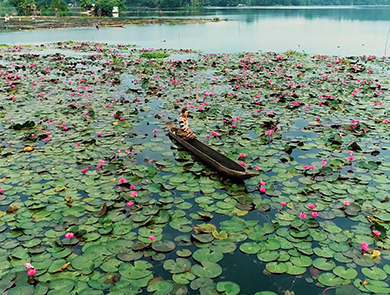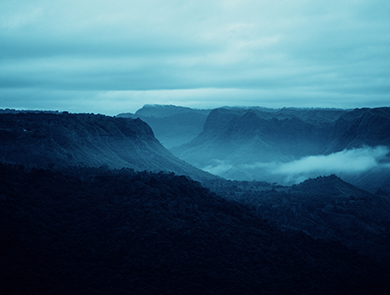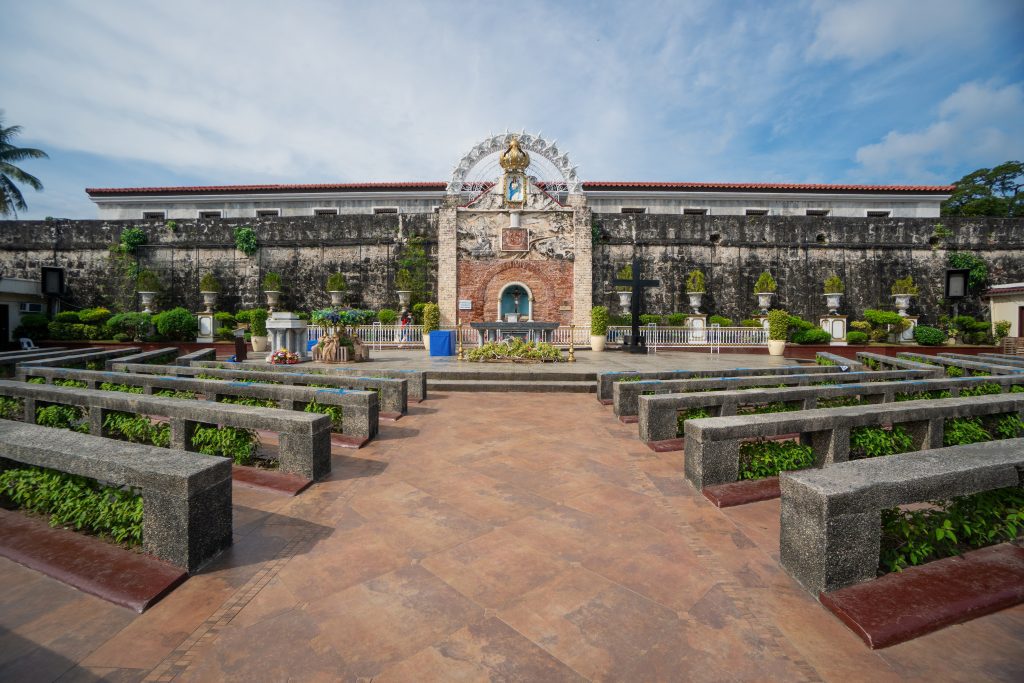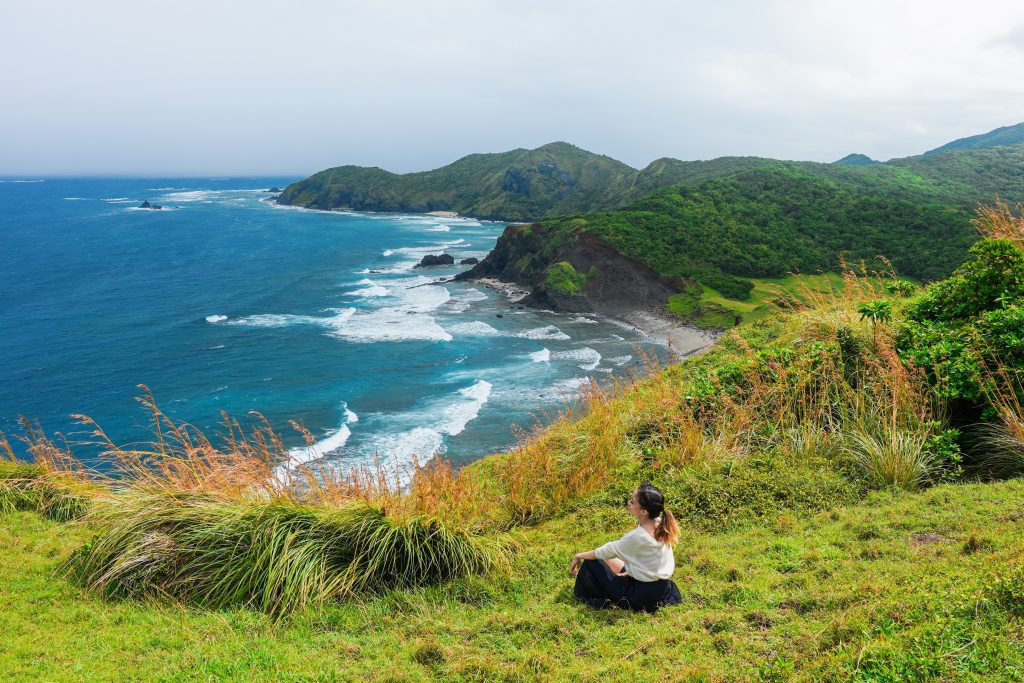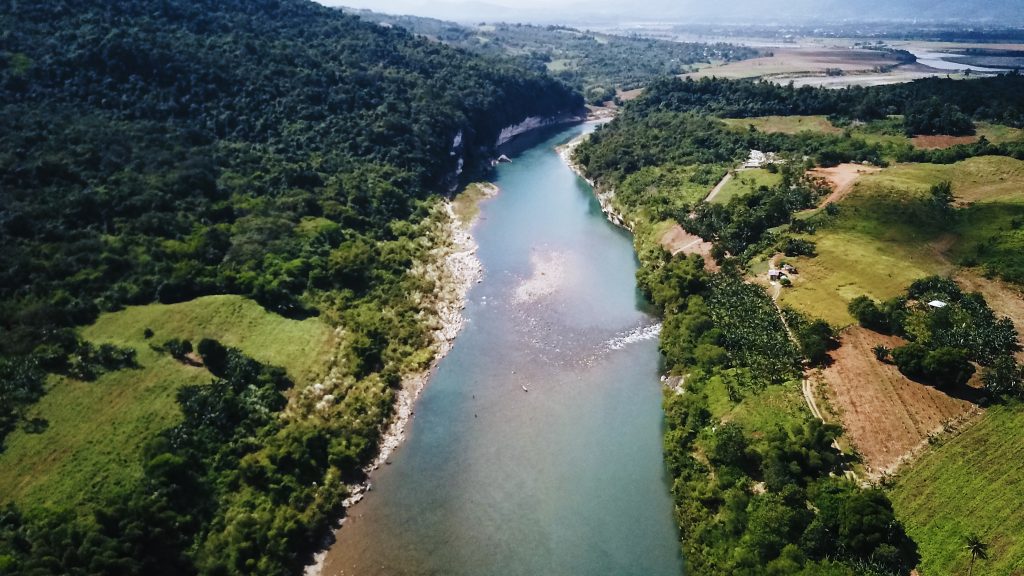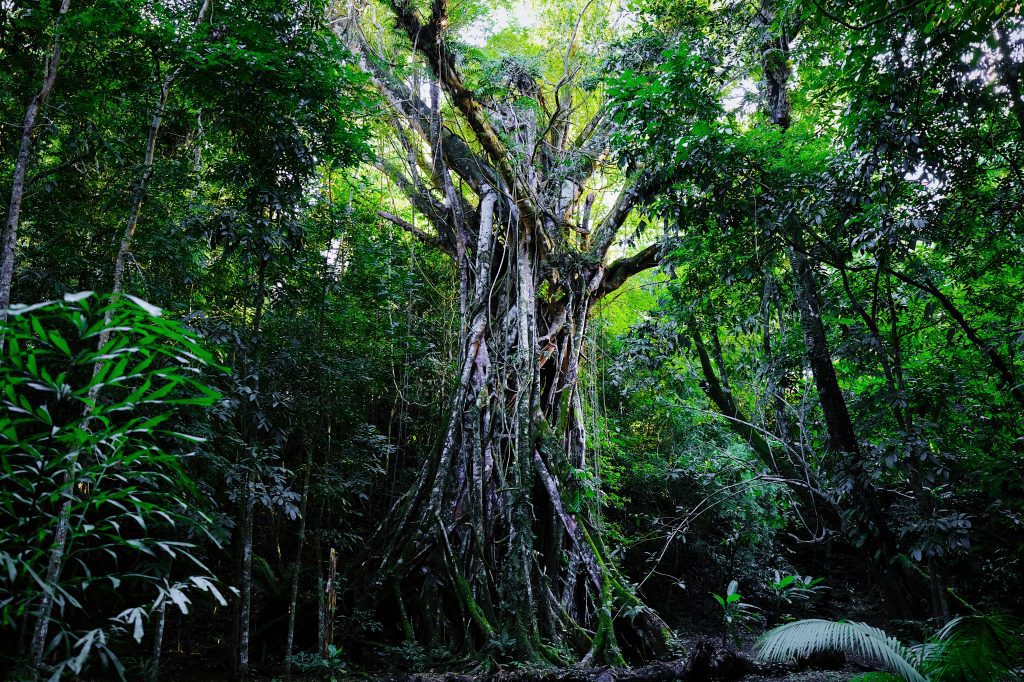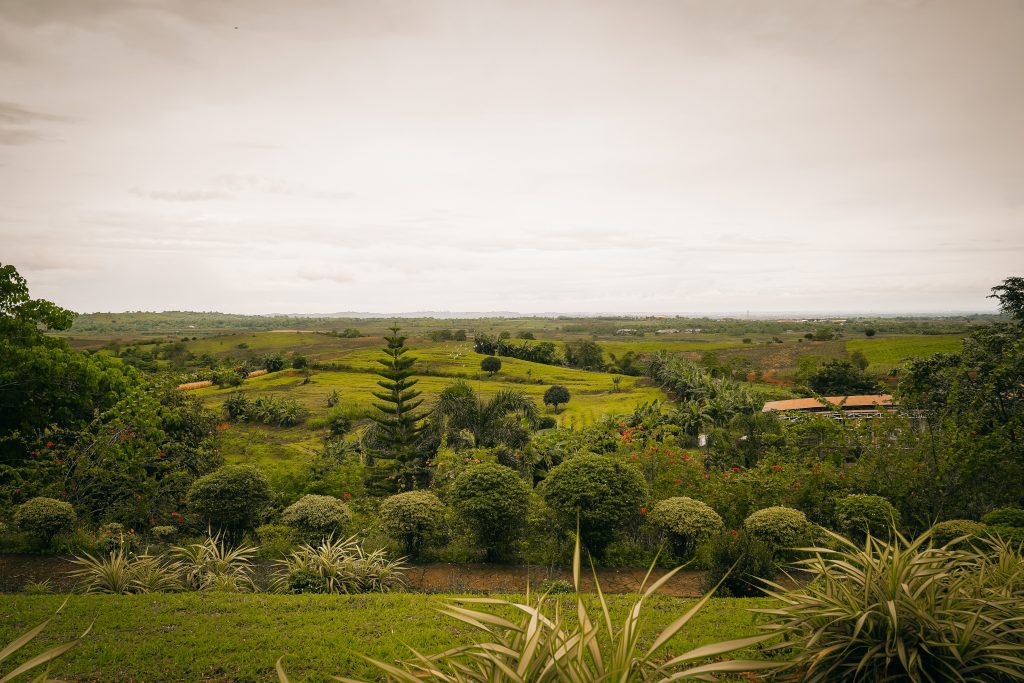Get to know more about Zamboanga’s icon that sailed through the highs and lows of southern waves.

For Zamboanguenos, the multicolored Vintas gliding through the crystal waters of Sulu sea are more than just outrigger canoes. They are a symbol that defines their vibrant culture and history.
Locally known as lepa-lepa or sakayan, the Vinta has become one of Zamboanga’s most identifiable images, and one of the most colorful vessels in the country. It is a traditional multi-use boat built by the Sama-Bajau, Tausug, and Yakan tribes for short-distance transportation, fishing, and even housing.
A vinta has a narrow front with a distinct prow that resembles a gaping mouth of a crocodile. Usually around 4.5 to 10m long, this watercraft is known for having Okir, a curvilinear vine-like design intricately carved on its body.
The first Vintas built were made from the red Lawaan tree while the support, framework, and parts of the outrigger were made from Bakawan or mangrove wood.
Each sail carries a different set of hues, but all of them are artistically sewn and separated in a vertical stripe fashion. Locals say that the colors used in every line reflect the Mindanaoans’ culture and past. “It carries a representation of harmony. Different colors are brought together as we sail,” says Richard Aliangan, superintendent of the Great and Little Sta Cruz Island Protected Area Management Unit.
Through the waters
There is also a Moro dance that’s named after the Vinta, which honors the migration of the tribe into the Philippines’ southern archipelago. The steps imitate the vessel’s movements through the waters.
Sama-Banguingui tribe welcoming tourists by dancing Pangalay on top of sailing Vinta boats. Photo courtesy of the Department of TourismIn 1985, a Vinta boat named Sarimanok crossed the Indian Ocean once again through the project of author and sailor Bob Hobman. The word Sarimanok came from a legendary phoenix-like bird of the Maranao people symbolizing good fortune.
Together with six sailors, Hobman traveled from Bali to Madagascar to recreate ancient maritime techniques and study the methods of Vinta construction. They did not use any navigational instruments and only used constellations as guides.
Sailing Today
Since the communities in Zamboanga are already accustomed to utilizing boats, they understood the dynamics of water vessels against sea currents. They realized given their years of sailing experience that boats with outriggers tend to cause problems whenever they drift by the sea.
“In the 1980s, the Badjaos would really use the Vintas for fishing. But now, if you go fishing and use Vinta, you won’t get as much. Because you must also consider the wind direction,” says Aliangan.
“The fishermen realized that if you want to be with nature, you must go with nature. And outriggers, while it tries to provide lateral stability, prevents the waves,” Errold Bayona, president of Asociacion de Guia Turistico del Zamboanga (Tour Guide’s Association of Zamboanga) adds.
Nowadays, the tribes living near the sea have thought of ways to improve their mode of transportation and Zamboanguenos including the Tausug, Sama-Banguingui, and Yakan are now using Junkung boats. Much larger, flat bottom, wooden motorized boats for inter-island transport.
Even so, Vintas can still be seen along the shoreline of Zamboanga as locals still honor their region’s past.

Regatta de Zamboanga
Every October, Zamboanga mounts a fluvial parade to commemorate the Vinta. This happens during the province’s month-long fiesta called Zamboanga Hermosa Festival.
Local boatmen from all tribes join this colorful race, bringing their sails that exemplify what “Hermosa” is, which means beautiful in the peninsula’s main dialect, Chavacano.

The race is one of the most awaited events by tourists and locals and is held down the 400-meter coastline of R.T. Lim Boulevard.
Experience riding a Vinta boat
The Vinta truly signifies the history of Zamboanga Peninsula. Fishermen and pearl divers across multiple generations have both experienced using this vessel through the highs and lows of the southern waves.
With this, riding one is beyond a tourist activity but an experience that gives you a glimpse of adventures that sailed for over a thousand years.

Vinta sailing at Great Sta Cruz Island is available Tuesday to Thursday, Saturday, and Sunday from 7:00 A.M to 2:00 P.M. for a minimal fee of Php 300. Only 100 fully-vaccinated guests are allowed to visit Sta Cruz Island per day.
For more information, travelers may call +63 905 601 6316 or send a message via Facebook Page at Las Islas de Sta. Cruz
Outsource the Planning
For a seamless trip, you may leave the planning to DOT’s accredited tour operators in Zamboanga City:
- Itravel Tourist Lane
(062) 991-1174 / 0917-722-6410; itraveltouristlane2020@gmail.com - Buenas Travel and Tours
09062087106; milabelrichter01@gmail.com - Travel Max Tours
(062) 990-2100; knowelle_88@yahoo.com - Happy Campers Tour and Leisure
09177103094; happycampers349@gmail.com
Travel safely!
Explore Zamboanga City responsibly by making sure that you comply with the province’s health and safety protocols, such as wearing face masks and practicing social distancing.
Ensure that you have acquired travel authority at https://s-pass.ph/ prior trip. Bring a copy or screenshot of this along with your vaccination card and valid ID upon arrival.
For the latest travel information about Zamboanga, you may visit their official website or Facebook page. You may also review updated safety protocols and requirements on Philippine destinations at www.philippines.travel/safetrip or download the Travel Philippines app at app.philippines.travel




